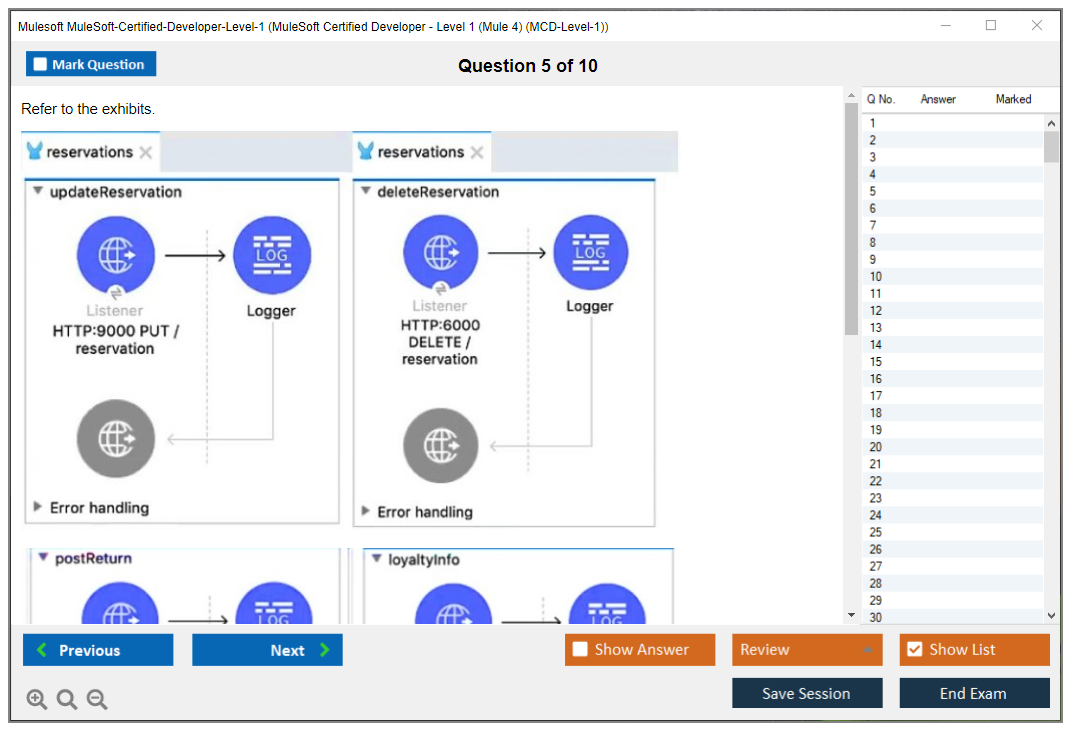


Note that you can deploy this application later into another Cloudhub or customer. Give the credentials which you used to login to Cloudhub. Now in the API Implementation window, select Import From Design Center.Ĭlick the browse button and a popup window will come asking for your credentials. Note here you cannot put a name with space. Now select Create a Mule Project or click on File > New > Mule Project. Step 2: Import the API into Anypoint StudioĪs for Step 2, We will switch on the Anypoint Studio and select a workspace where all our Mule Project will be stored. This completes our step 1 which would now take us to the second step of importing this API into our Studio and starting to write the interface. This is what you can call from the Postman or any other Rest Client. Now, you can immediately, click on the Mocking Service at the Right top corner and your services are up and running. These are properties that I would like to put to every endpoint in my API.Ĭreate a file called common-traits.YAML inside the common folder with the following lines To start with I will create some common traits.

Now I would start writing my RAML and as an when I have to create any additional files, I will create them.

So, we will create some folder and change some names, and this is what your explorer should look like: Instead, I will create some folders and link the various files from there. Now we do not want to create one monolithic RAML and put everything in there. Now, this is where we will build our API. You will reach the API specification page. We will name this as Mule Demo Database API. Give a Name and leave other settings as is. Next, we go to the menu on the top left and select the Design Center.Ĭlick on Create New > Create API specification. To do this we will go to the Anypoint platform and Sign in. So, we will take our first step in building the API contract using RAML. With the API First building approach, the first step in building an API is to create the contract. Step 1: Define the API Contract using RAML
MULESOFT XML FILEWATCHER FREE
If you are already aware of some steps and want to skip some steps, feel free to do so. This blog would be more for the beginners and those who would like to learn MuleSoft and will walk you through a step by step process of building an API using the various tools and applications provided by MuleSoft at your disposal. So, today I will write about a Step-By-Step guide to create a Mule API. Now, MuleSoft claims itself to be the #1 integration and API platform. Today, I thought to write something for the beginners. To create the XML SDK template, we should run the following command at any desired location.Hi All, it has been sometimes I have not come up with any blog. XML SDK Use Case Mule-smart-logging-connectorĪ most useful logging connector can be created using XML SDK to fit into any my mule soft project. The arc-type maven command is responsible to generate this skeleton.
MULESOFT XML FILEWATCHER HOW TO
These SDKs provide a simple layer of abstraction over the Extensions API so developers do not need to have details of how to use the API. This API is a well-defined contract for how modules can interact with the Mule Runtime. When we develop a Mule connector module using either the Java or XML SDKs, we are developing on top of Mule Extensions API. Mule SDK connector enables reusability, offload complexity, and loosely coupled from mule project. This approach is easier to build compared to the existing JAVA Mule SDK SDK in Mule 4 This document describes demonstrating steps to build a mule soft logging connector using XML SDK instead of java SDK connector, which extends mule runtime capabilities.


 0 kommentar(er)
0 kommentar(er)
